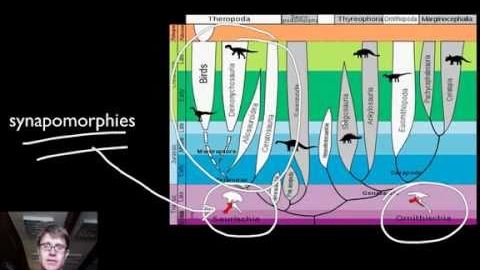
Subtitles & vocabulary
Video vocabulary
tree
US /tri/
・
UK /tri:/
- Noun (Countable/Uncountable)
- Tall green plants in a forest
- A diagram with a structure of branching connecting lines or points, resembling a tree.
- Transitive Verb
- To drive or force into a tree.
A1
More group
US /ɡrup/
・
UK /ɡru:p/
- Noun (Countable/Uncountable)
- Two or more musicians who play music together
- Number of people or things gathered together
- Transitive Verb
- To combine or collect objects or people together
A1
More body
US /ˈbɑdi/
・
UK /ˈbɒd.i/
- Noun (Countable/Uncountable)
- An object distinct from other objects
- A group of people involved in an activity together
A1
More number
US /ˈnʌmbɚ/
・
UK /ˈnʌmbə(r)/
- Noun (Countable/Uncountable)
- Symbols such as 1, 2, 56, 793
- Particular song or dance performed during a show
- Transitive Verb
- To put numbers on things
- To assign a sequence within a group, series, set
A1TOEIC
More Use Energy
Unlock All Vocabulary
Unlock pronunciation, explanations, and filters
